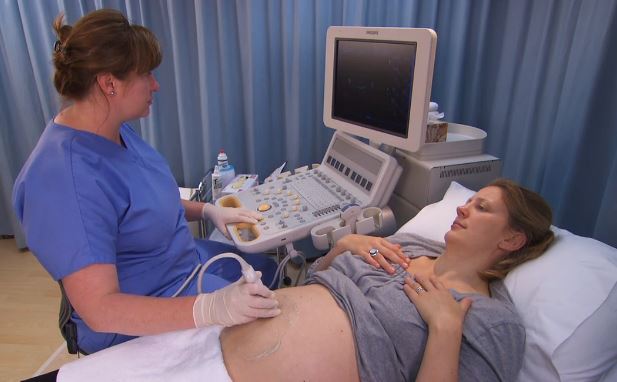

Library > Medical Professional - Ultrasound > OB/GYN > Ultrasound of Fetal Anomalies for Medical Professionals
Try Simtics for free
Start my free trialUltrasound of Fetal Anomalies for Medical Professionals

Check our pricing plans here
Unlimited streaming.
Obstetric ultrasound is the most powerful way to assess the fetus during a pregnancy. This module teaches you how to prepare for and perform a targeted fetal anomaly ultrasound evaluation, and how to identify various fetal anomalies. Including both Learn and Test modes, the online simulator offers three clinical scenarios that cover different types of ultrasound assessment of fetal anomalies. Practice the steps of the procedures online as often as you want, until you feel confident.
If you are not a medical student or physician, you may prefer the other version of this module, which includes all the procedural information needed by professionals in other roles: /shop/imaging/sonography/obstetrics/ultrasound-assessment-of-fetal-anomalies/
You’ll learn
- to practice, perfect, and test your skills in performing an ultrasound scan to assess fetal anomalies, and the protocol for a targeted fetal anomaly evaluation
- to better visualize and understand the key structures and components of the fetus at various stages of development during the second and third trimesters, with our 3D model and illustrations
- how to recognize various abnormalities of the fetal anatomy on ultrasound images, including abnormalities of chromosomes
- about the common genetic conditions identified by ultrasound and the use of genetic testing in pregnancy
- to describe fetal therapies that are performed under ultrasound guidance
- much more (see Content Details for more specific information)
- Describe and recognize on images abnormalities of the following:
cranium, face, neck, vertebral column, thorax, lungs, anterior abdominal wall, hepatobiliary system, gastrointestinal tract, abdomen, urinary tract, genitalia, extremities, skeleton, umbilical cord, circulatory system. - Describe congenital heart abnormalities and fetal abnormalities associated with the fetal thorax.
- Discuss the use of genetic testing in pregnancy, including amniocentesis, chorionic villus sampling (CVS), and nuchal translucency.
- Explain procedures related to fetal therapies.
- Describe and recognize on images abnormalities of chromosomes.
The SIMTICS modules are all easy to use and web-based. This means they are available at any time as long as the learner has an internet connection. No special hardware or other equipment is required, other than a computer mouse for use in the simulations. Each of the SIMTICS modules covers one specific procedure or topic in detail. Each module contains:
- an online simulation (available in Learn and Test modes)
- descriptive text, which explains exactly how to perform that particular procedure including key terms and hyperlinks to references
- 2D images and a 3D model of applied anatomy for that particular topic
- a step by step video demonstration by an expert
- a quiz
- a personal logbook that keeps track of all the modules the learner has studied and how long
For more details on features and how your students can benefit from our unique system, click here.





